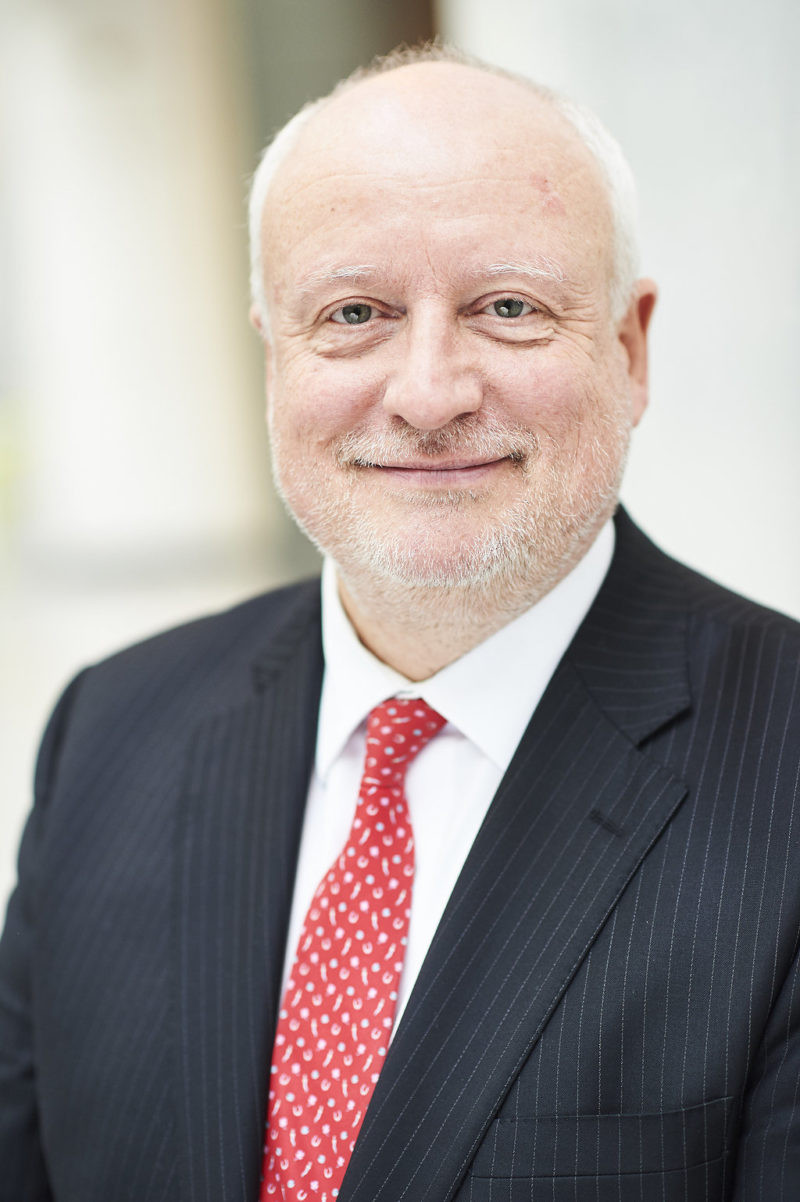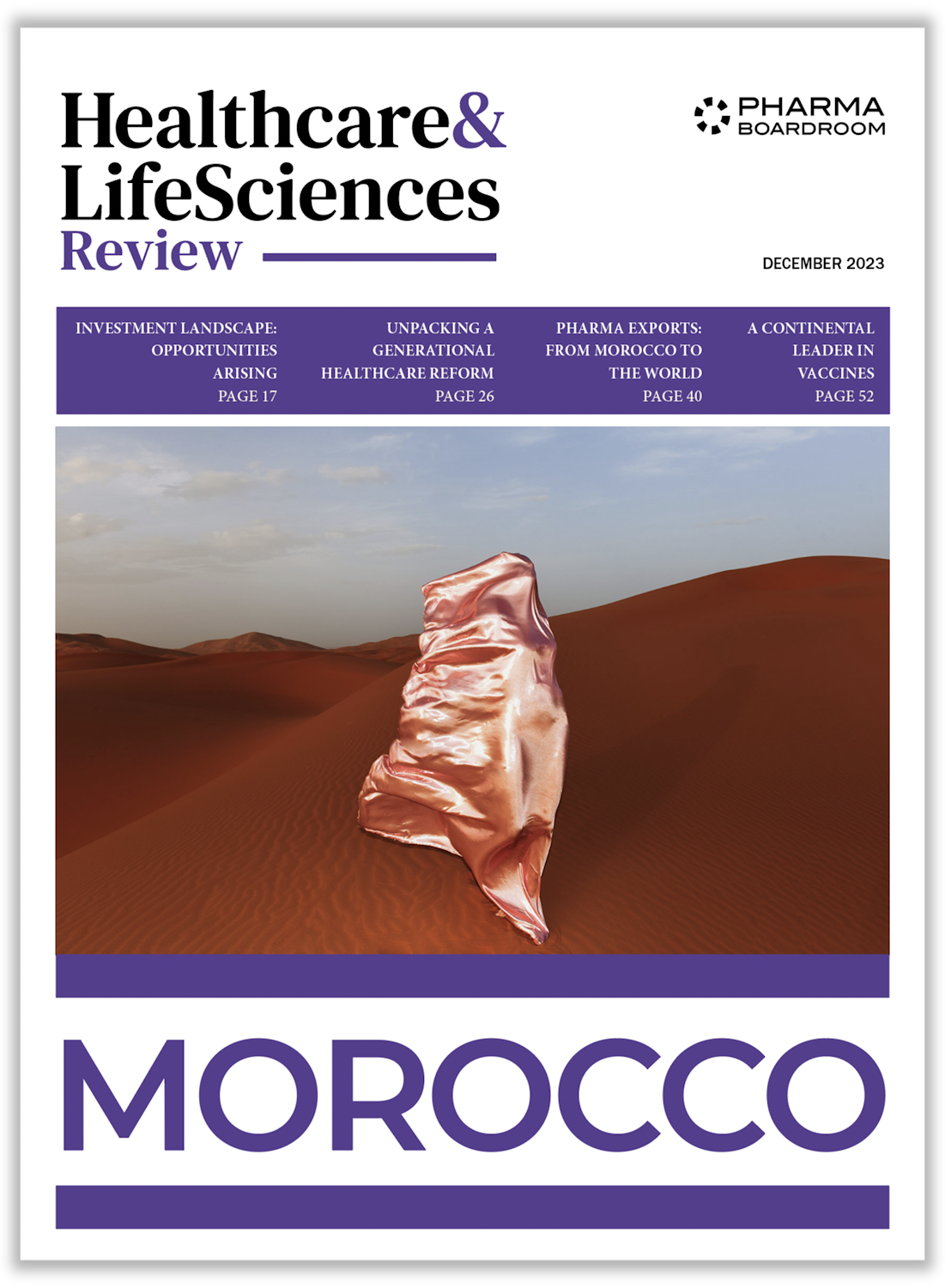Pierre Meulien, Executive Director- Innovative Health Initiative, presents the public-private joint undertaking that boasts a total budget of EUR 2.4 billion and aims to build on the work of the Innovative Medicines Initiative to boost collaboration between the European pharmaceutical and related industries and the European Commission.
The Innovative Health initiative has a total budget of EUR 2.4 billion, with half coming from the European Commission (EUR 1.2 billion) and half from industry members (EUR 1 billion) and other contributing partners (EUR 200 million).
The era of public–private partnerships (PPPs)
The acceleration of innovation remains critical in order to address global challenges whether they be related to the impacts of climate change, the health of populations, food supply or energy.
Translating the knowledge created through cutting edge research in academic research institutions and small enterprises world-wide into useful outputs for society requires more integration of disciplines, regulators and end users than ever before.
Public – private partnerships (PPPs) have already demonstrated value addition in many areas, the European cluster of Joint Undertakings (JUs) being the most prominent model in terms of scale and breadth across major industrial sectors. There are currently 10 JUs that have been created under the new EU Horizon Europe framework that will run until 2027 with a total European Commission (EC) budget of over €10 billion. This public funding is matched by private and other leveraged funds so that the PPP model ensures value for the public funds allocated. This investment also incentivises businesses to invest in R&D activities in Europe, thus ensuring Europe remains competitive on the global playing field.
In the health domain, two JUs are already in action. The Innovative Health Initiative (IHI) is a direct evolution of the Innovative Medicines Initiative (IMI) that demonstrated the value of a collaborative PPP model between the European pharmaceutical industry and the EC. The Global Health JU (EDCTP3) is a direct descendant of the European Developing Countries Clinical Trial Partnership, but under a new legislative framework that aligns it with the other 9 JUs.
Expanding collaboration beyond pharma
The Innovative Health initiative has a total budget of EUR 2.4 billion, with half coming from the European Commission (EUR 1.2 billion) and half from industry members (EUR 1 billion) and other contributing partners (EUR 200 million). The big difference between IHI and its predecessor, IMI, is the breadth of the industry sectors involved as founding members. Not only has the European pharmaceutical industry continued its engagement (through EFPIA) in this PPP but other sectors have joined – most notable: the European Coordination Committee of the Radiological, Electromedical and Healthcare IT Industry (COCIR), Medtech Europe, EuropaBio and Vaccines Europe.
This will allow the programme to take advantage of the technological convergence that is ongoing, integrating the digital, diagnostics, imaging, pharmaceutical and biotech worlds. More importantly, this will accelerate innovation in the full spectrum of activities in healthcare, from prevention through early detection and disease interception to treatment and care. Never before has such a partnership been created with such breadth of action and scale of implementation.
The launch of this partnership (in December 2021) was made possible following several years of design and planning which delivered a new legislative framework (the Single Basic Act) and a brand-new Strategic Research and Innovation Agenda (SRIA).
Another big change in IHI is the creation of the Science and Innovation Panel, a new advisory body to the IHI Governing Board. This is anything but a traditional scientific advisory board. Of course, it has the science (four of Europe’s top biomedical scientists are included) but, most importantly, siw other permanent members of the panel are senior figures representing a broader spectrum of the health innovation ecosystem, including patients, healthcare providers, health technology assessment experts, regulators and other end users of health innovation. This panel is a game changer in how IHI will implement its Strategic Research and Innovation Agenda and will ensure that we focus on the most impactful topics that can really make a difference.
Transparency is the name of the game
One of the “leitmotifs” running through the new generation of JUs has been the openness and transparency with which we do our business. Not only will we make the workings of the SIP more transparent (on our website) but we have also built a new platform for stakeholders to bring their new ideas into IHI. Anyone can submit an idea on this platform. There is a simple form to fill in so that we can easily assess how well an idea is suited to a cross-sector public-private partnership like IHI.
Synergies are also high on the agenda of the new SRIA, and we are already in discussions with many big EU initiatives – some obvious ones like the already mentioned Cancer Mission, the Global Health Partnership EDCTP 3, the Health Emergency Preparedness and Response Authority etc. but also some others like EIT Health and the new KDT JU where strategic synergies can be developed over time.
Of course, the proof is always in the pudding, and IHI launched its first calls for projects in June of this year. These calls have topics that are focused on diseases such as cancer, cardiovascular and neurodegenerative diseases as well as cross cutting issues such as health data management and early stage studies of medical devices. All of these topics take advantage of the new multisector partnership and also feed into big strategic initiatives such as the European Cancer Mission, the European Health Data Space and the Personalised Medicine agenda. Examples demonstrating the major differences with IMI include the one entitled “Next generation imaging and image-guided diagnosis and therapy for cancer” which is clearly integrating all of the imaging, diagnostic and therapeutic sectors in one initiative. Another topic, “Cardiovascular diseases- Improved prediction, prevention, diagnosis and monitoring” spans the full spectrum of the healthcare continuum from prevention to care. (For more information on calls please see: https://www.ihi.europa.eu/apply-funding/ihi-call-1 and https://www.ihi.europa.eu/apply-funding/ihi-call-2)
Meanwhile the IHI stakeholder ecosystem is already buzzing with ideas for the next calls for proposals, which we expect to launch around the end of the year. Looking to the future, we are optimistic that this new PPP will attract new partners – public and private – from right across Europe- and beyond, and pioneer a truly open, cross-sectoral approach to health research and innovation.



